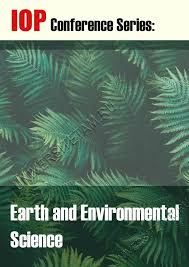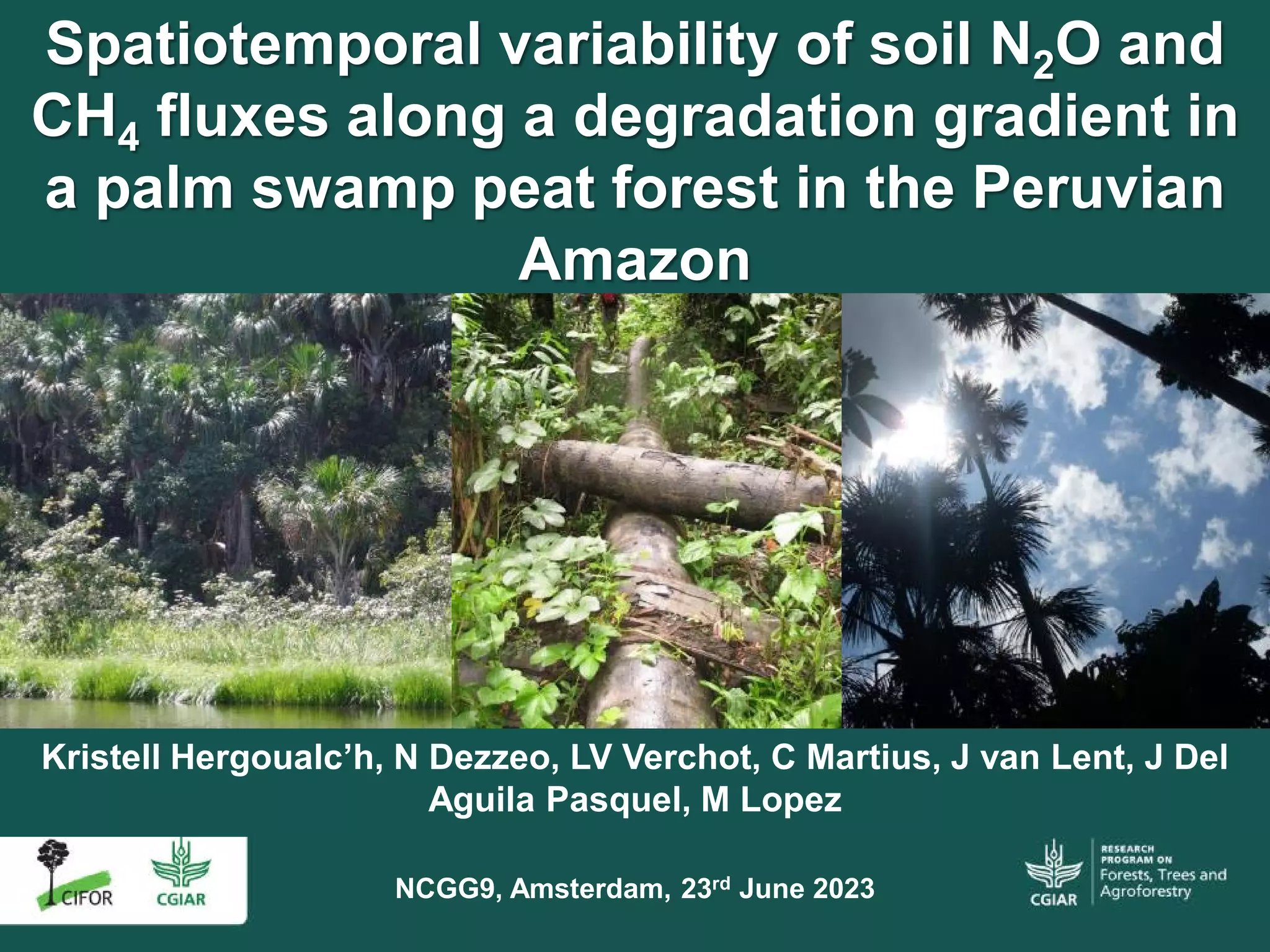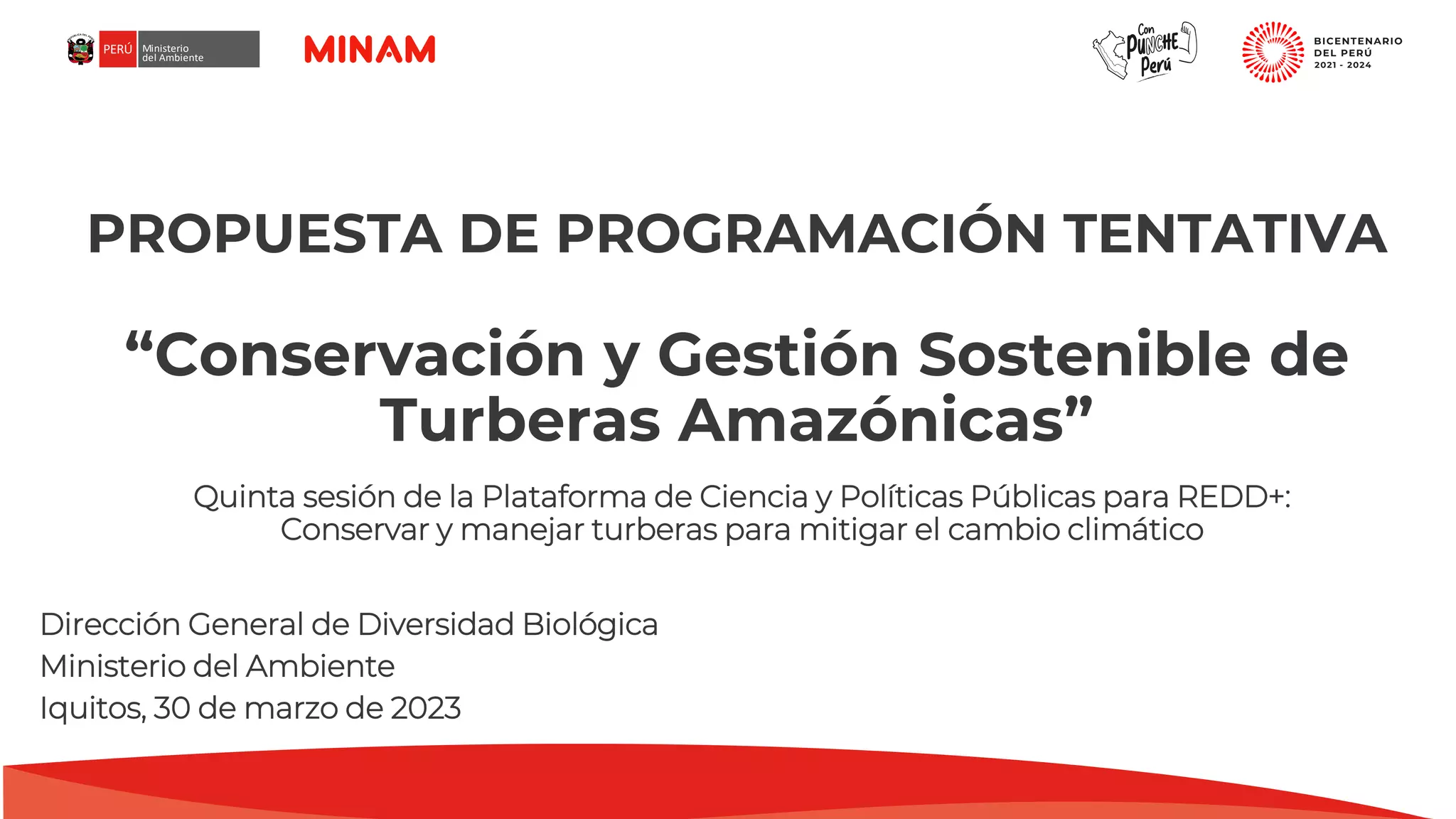
Tropical peatlands are key ecosystem that demonstrate their effectiveness in carbon storage and sink and the high potential for mitigating climate change. They store about 30–40% of global soil carbon deposits but occupy only 3% of the world’s land surface. However, tropical peatlands are among the most vulnerable ecosystem that degrade rapidly due to the combined pressures of an advancing agricultural and economic activities, growing human populations, infrastructure development, as well as climate change and pollution. Clearing, drainage, and burning of peatlands not only produce greenhouse gases (GHGs) emission and deadly toxic haze, but also endanger the critical ecological services the ecosystem could provide. Although peatlands are found in many countries, tropical peatlands remain among the least understood and monitored of the world’s ecosystems. Addressing the sources of GHGs emission and understanding methodological framework for estimating the emission (measurement, reporting, and verification or MRV) for tropical peatlands are key steps to develop strategies to mitigate the impacts as well as improve understanding of sustainable management of tropical peatlands to cope with climate change.
Download:
 file
file

- Authors: Krisnawati, H., Adinugroho, W.C., Imanuddin, R.
- Author Affiliation: Ministry of Environment and Forestry of Indonesia
- Subjects: carbon sinks, monitoring, peatlands, tropics, climate change, mitigation, greenhouse gases, emissions
- Publication type: Chapter-R
- Source: Osaki, M., Tsuji, N., Foead, N., Rieley, J., (eds). 2021. Tropical Peatland Eco-management. 443-462
- Year: 2021
- ISSN: 978-981-334-654-3
- DOI: https://doi.org/10.1007/978-981-33-4654-3_15
















